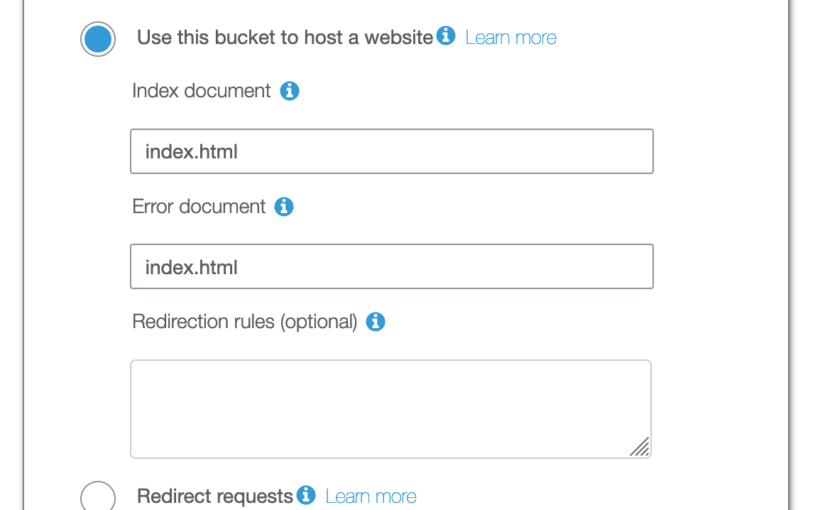In this blog post, I’m going to show you how can you set up the simple CI/CD pipeline for the Angular app.
The goal was to build the GitHub-based Angular project automatically with Travis CI and deploy it into an S3 bucket, which is used to host a static website.
Let’s begin and learn how you can set it all up yourself.
Continue reading Deploy your Angular application into an S3 bucket using Travis CI







![Amazon EC2 in a nutshell [AWS Solutions Architect Associate Exam]](https://blog.mestwin.net/wp-content/uploads/2020/05/Amazon-EC2-in-a-nutshell.png)
![Amazon S3 in a nutshell [AWS Solutions Architect Associate Exam]](https://blog.mestwin.net/wp-content/uploads/2020/05/S3-in-a-nuthsell.png)
